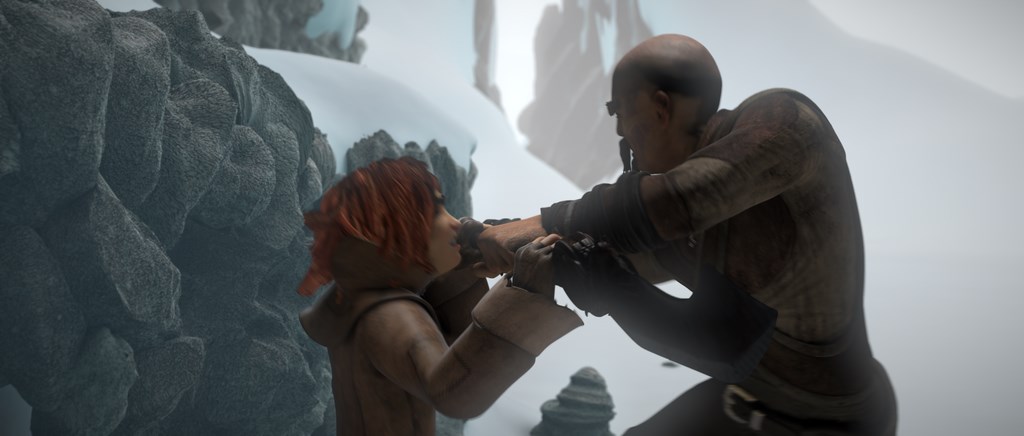Introduction
Stereo matching algorithms, especially highly-optimized ones that are intended for real-time processing on CPU, tend to make quite a few errors on challenging sequences. These errors are usually concentrated in uniform texture-less areas, half-occlusions and regions near depth discontinuities. One way of dealing with stereo-matching errors is to use various techniques of detecting potentially inaccurate disparity values and invalidate them, therefore making the disparity map semi-sparse. Several such techniques are already implemented in the StereoBM and StereoSGBM algorithms. Another way would be to use some kind of filtering procedure to align the disparity map edges with those of the source image and to propagate the disparity values from high- to low-confidence regions like half-occlusions. Recent advances in edge-aware filtering have enabled performing such post-filtering under the constraints of real-time processing on CPU.
In this tutorial you will learn how to use the disparity map post-filtering to improve the results of StereoBM and StereoSGBM algorithms.
Source Stereoscopic Image


Source Code
We will be using snippets from the example application, that can be downloaded here.
Explanation
The provided example has several options that yield different trade-offs between the speed and the quality of the resulting disparity map. Both the speed and the quality are measured if the user has provided the ground-truth disparity map. In this tutorial we will take a detailed look at the default pipeline, that was designed to provide the best possible quality under the constraints of real-time processing on CPU.
- Load left and right views
if ( left.empty() )
{
cout<<"Cannot read image file: "<<left_im;
return -1;
}
if ( right.empty() )
{
cout<<"Cannot read image file: "<<right_im;
return -1;
}
@ IMREAD_COLOR
Same as IMREAD_COLOR_BGR.
Definition: imgcodecs.hpp:72
CV_EXPORTS_W Mat imread(const String &filename, int flags=IMREAD_COLOR_BGR)
Loads an image from a file.
We start by loading the source stereopair. For this tutorial we will take a somewhat challenging example from the MPI-Sintel dataset with a lot of texture-less regions.
- Prepare the views for matching
max_disp/=2;
if(max_disp%16!=0)
max_disp += 16-(max_disp%16);
Size2i Size
Definition: modules/core/include/opencv2/core/types.hpp:370
- Perform matching and create the filter instance
Ptr<StereoBM> left_matcher = StereoBM::create(max_disp,wsize);
left_matcher-> compute(left_for_matcher, right_for_matcher,left_disp);
right_matcher->compute(right_for_matcher,left_for_matcher, right_disp);
double getTickFrequency()
Returns the number of ticks per second.
int64 getTickCount()
Returns the number of ticks.
void cvtColor(InputArray src, OutputArray dst, int code, int dstCn=0, AlgorithmHint hint=cv::ALGO_HINT_DEFAULT)
Converts an image from one color space to another.
@ COLOR_BGR2GRAY
convert between RGB/BGR and grayscale, color conversions
Definition: imgproc/include/opencv2/imgproc.hpp:555
Ptr< DisparityWLSFilter > createDisparityWLSFilter(Ptr< StereoMatcher > matcher_left)
Convenience factory method that creates an instance of DisparityWLSFilter and sets up all the relevan...
Ptr< StereoMatcher > createRightMatcher(Ptr< StereoMatcher > matcher_left)
Convenience method to set up the matcher for computing the right-view disparity map that is required ...
- Perform filtering
wls_filter->setLambda(lambda);
wls_filter->setSigmaColor(sigma);
wls_filter->filter(left_disp,left,filtered_disp,right_disp);
- Visualize the disparity maps
Mat raw_disp_vis;
imshow(
"raw disparity", raw_disp_vis);
Mat filtered_disp_vis;
imshow(
"filtered disparity", filtered_disp_vis);
if(!solved_disp.empty())
{
Mat solved_disp_vis;
imshow(
"solved disparity", solved_disp_vis);
Mat solved_filtered_disp_vis;
imshow(
"solved wls disparity", solved_filtered_disp_vis);
}
while(1)
{
if( key == 27 || key == 'q' || key == 'Q')
break;
}
@ WINDOW_AUTOSIZE
the user cannot resize the window, the size is constrainted by the image displayed.
Definition: highgui.hpp:144
void imshow(const String &winname, InputArray mat)
Displays an image in the specified window.
int waitKey(int delay=0)
Waits for a pressed key.
void namedWindow(const String &winname, int flags=WINDOW_AUTOSIZE)
Creates a window.
void getDisparityVis(InputArray src, OutputArray dst, double scale=1.0)
Function for creating a disparity map visualization (clamped CV_8U image)
Results







